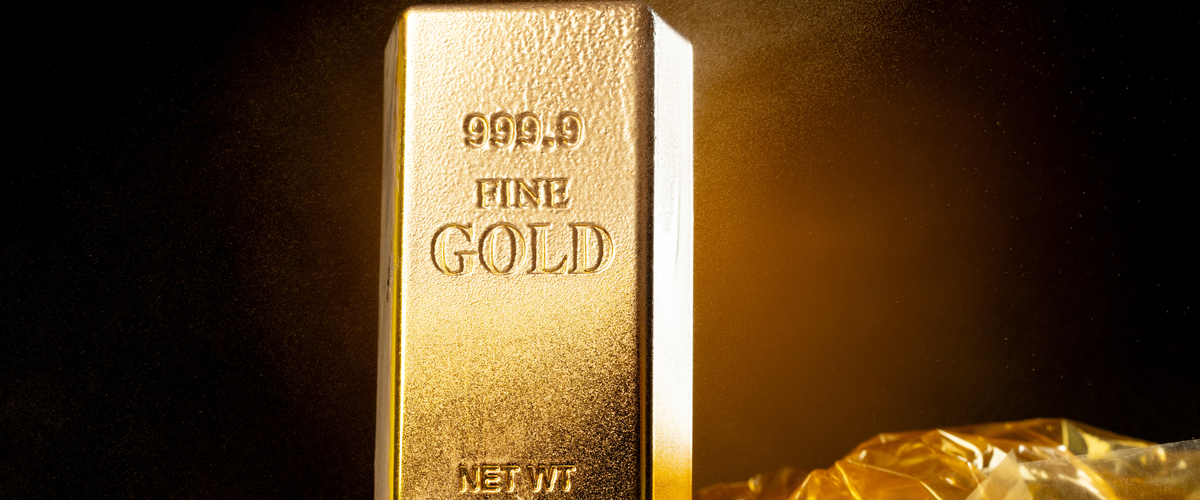What is Commodities? The Ultimate Guide to Commodity Investing

When people think of investing, they often consider stocks, bonds, or real estate. But another major asset class — commodities — plays a crucial role in global markets and investment portfolios. But what exactly are commodities? How do they work, and why do investors pay attention to them? This article will dive deep into the world of commodities, explaining what they are, their types, how they are traded, and the benefits and risks associated with commodity investing.
What Are Commodities?
Commodities are raw materials or primary agricultural products that can be bought, sold, or exchanged. These basic goods serve as inputs for the production of other goods and services. Unlike manufactured products, commodities are typically uniform in quality regardless of the producer — meaning a barrel of crude oil or a bushel of wheat from one source is essentially the same as that from another.
Commodities are often divided into two main categories: hard commodities and soft commodities.
Types of Commodities
Hard Commodities
Hard commodities are natural resources that must be extracted or mined. These include:
- Energy Commodities: Crude oil, natural gas, gasoline, heating oil
- Metals: Gold, silver, platinum, copper, aluminum, zinc
Soft Commodities
Soft commodities are agricultural products or livestock, such as:
- Grains: Wheat, corn, rice, barley
- Food Staples: Coffee, cocoa, sugar, cotton
- Livestock: Cattle, hogs, sheep
The Role of Commodities in the Economy
Commodities form the foundation of the global economy. They are essential inputs in manufacturing, energy production, food supply, and infrastructure. For example:
- Oil powers transportation and industry.
- Metals are vital for construction, electronics, and machinery.
- Agricultural products feed the world’s population.
Price changes in commodities can affect everything from inflation rates to corporate profits, making commodities a key economic indicator.
How Are Commodities Traded?
Commodity Markets and Exchanges
Commodities are bought and sold on specialized exchanges around the world. These exchanges create standardized contracts to ensure smooth trading. The most popular commodity exchanges include:
- New York Mercantile Exchange (NYMEX): Energy products like oil and gas.
- Chicago Board of Trade (CBOT): Grains and agricultural products.
- London Metal Exchange (LME): Base metals like copper and aluminum.
- ICE Futures: Coffee, sugar, cotton, and others.
Spot Market vs. Futures Market
- Spot Market: Commodities are bought and sold for immediate delivery.
- Futures Market: Buyers and sellers agree to transact at a predetermined price on a future date. Futures contracts help producers and consumers hedge risk from price volatility.
Why Do Investors Buy Commodities?
Investors purchase commodities for various reasons:
1. Diversification
Commodities often have low correlation with stocks and bonds. Adding commodities to a portfolio can reduce overall volatility and risk.
2. Inflation Hedge
Commodity prices often rise with inflation, making them effective protection against the eroding value of money.
3. Profit from Price Movements
Active traders and investors speculate on commodity price changes to generate profits.
4. Exposure to Global Growth
Rising demand in emerging markets drives commodity consumption, offering growth opportunities.
Ways to Invest in Commodities
Investors cannot easily buy raw commodities, so they invest through various financial instruments:
Physical Commodities
Some investors buy and store physical commodities like gold bars or silver coins.
Futures Contracts
Futures allow investors to buy or sell commodities at a future date. This approach requires significant knowledge and risk management.
Commodity ETFs and Mutual Funds
These funds invest in commodity futures or commodity-related companies, offering easy access and diversification.
Stocks of Commodity Producers
Investing in mining companies, oil producers, or agricultural firms indirectly exposes investors to commodity prices.
Commodity Pools and Managed Futures
Professional managers pool investor funds to trade commodities on their behalf.
Factors Influencing Commodity Prices
Commodity prices are influenced by a variety of factors, including:
Supply and Demand
Changes in production, consumption, weather, and geopolitical events affect availability and demand.
Geopolitical Events
Conflicts, trade policies, and sanctions can disrupt supply chains and impact prices.
Currency Fluctuations
Commodities are typically priced in US dollars; currency shifts influence demand and price.
Economic Data
Indicators like industrial output and employment rates signal demand trends.
Speculation
Hedge funds and traders can drive short-term price volatility.
Risks of Investing in Commodities
While commodities offer benefits, they also carry risks:
- Volatility: Prices can be highly volatile due to weather, politics, and speculation.
- Leverage Risk: Futures trading involves leverage, amplifying gains and losses.
- No Income: Unlike stocks, commodities don’t generate dividends or interest.
- Storage and Insurance Costs: Physical commodities incur holding costs.
- Regulatory Risk: Government regulations and trade policies can affect markets.
Commodities and the Global Economy
Commodities are deeply intertwined with global economic trends:
- Commodity booms often signal rapid industrial growth.
- Price spikes can trigger inflation and economic slowdowns.
- Resource nationalism and trade tensions impact supply chains.
- Technological advances (e.g., renewable energy) shift demand patterns.
Commodities are fundamental assets that play a critical role in the global economy and investment portfolios. Whether you’re seeking diversification, an inflation hedge, or exposure to global growth, understanding what commodities are and how to invest in them is essential for any investor. Like any investment, commodities come with risks, but with the right strategy, they can offer significant rewards.



